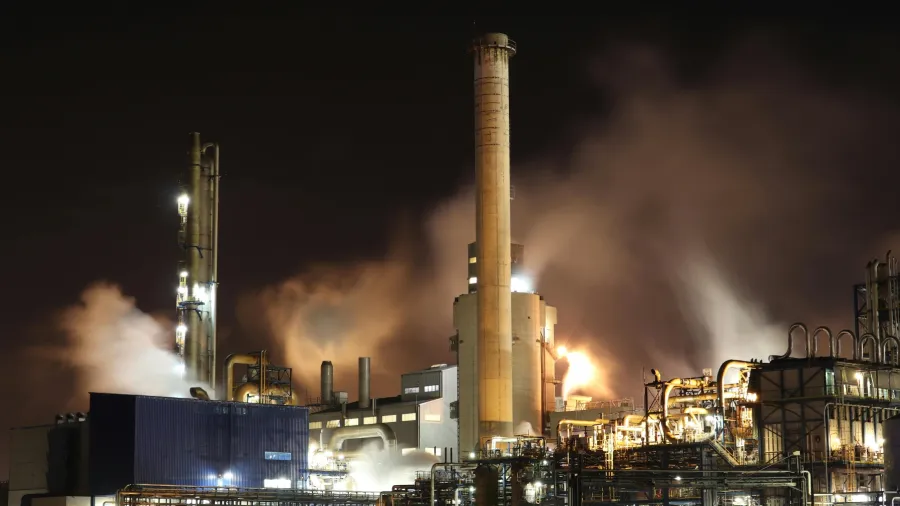
Myanmar manufacturing PMI stabilising but still below 50.0
Post-earthquake recovery continues as new orders stabilise, though job losses resume
Myanmar's manufacturing sector showed further signs of stabilising in July, though conditions remained challenging as the country continues its post-earthquake recovery.
Whilst production continued to fall, the rate of decline eased to its softest pace in four months.
The S&P Global Myanmar Manufacturing Purchasing Managers' Index (PMI) rose to 49.5 in July from 49.0 in June, marking the third consecutive monthly improvement.
Though still below the 50.0 threshold that separates growth from contraction, the reading represented the smallest deterioration in overall business conditions since March.
The most encouraging development came from new orders, which remained largely unchanged from June levels after seven months of decline.
Several manufacturers reported improved underlying demand as customers sought to replenish their inventories, offering hope that the worst of the downturn may be passing.
However, the picture remained mixed, with some companies still citing challenging demand conditions and weak pricing power as constraints on sales growth.
"The beginning of the second half of the year indicated that the post-earthquake recovery was ongoing," said Maryam Baluch, Economist at S&P Global Market Intelligence. "The downturn in output eased, and new orders broadly stabilised, supported by signs of improved underlying demand trends that bolstered sales."
Manufacturing output fell for the seventh consecutive month in July, though at the weakest pace since March. Companies attributed the decline to falling new orders and ongoing labour shortages that have plagued the sector since the natural disaster.
Purchasing activity also declined at a slower pace, recording only a slight decrease that marked the weakest rate of contraction in 22 months. This suggested companies were cautiously beginning to rebuild their operations despite the challenging environment.
Supply chain disruptions continued to pose significant challenges for Myanmar's manufacturers, with material shortages making it difficult for firms to source essential input materials. These scarcities contributed to rising operating expenses, alongside a fluctuating US dollar exchange rate and higher transportation costs.
Despite these pressures, the rate of input price inflation actually eased during the month and remained below the long-term survey average. Manufacturers raised their selling prices at a modest pace, typically passing through higher input costs to customers.
In a concerning development, job losses resumed in July after employment had risen in June for the first time in over two years. Though the rate of job shedding was softer than the historical average, it highlighted ongoing labour market challenges.
Companies reported difficulties retaining staff, with voluntary resignations common as workers returned to their hometowns or sought better-paying positions elsewhere. This brain drain continues to hamper the sector's recovery efforts.
Subdued confidence despite recovery signs
Looking ahead, business confidence remained historically weak despite some improvement during the month. A striking 96% of survey respondents expect production levels to remain unchanged over the coming year, with only a small minority anticipating growth.
Plans for marketing initiatives and hopes of business expansion provided some support for optimism, but the overall outlook remained cautious as companies grapple with ongoing uncertainties.
Myanmar's manufacturing sector appears to be making gradual progress in its recovery from the devastating earthquake earlier this year. The stabilisation of new orders and moderation in production declines suggest the worst may be behind the sector.
However, significant challenges remain, particularly around labour retention and supply chain disruptions. The resumption of job losses after June's brief respite underscores the fragility of the recovery.
"However, despite the continued recovery across the sector, concerns about future production performance lingered," Baluch noted. "Optimism levels remained subdued, with the majority of panellists expecting no changes to their output levels."
The path ahead for Myanmar's manufacturers will likely remain difficult, but the signs of stabilisation in demand conditions offer a foundation for cautious optimism as the country works to rebuild its industrial capacity.


















